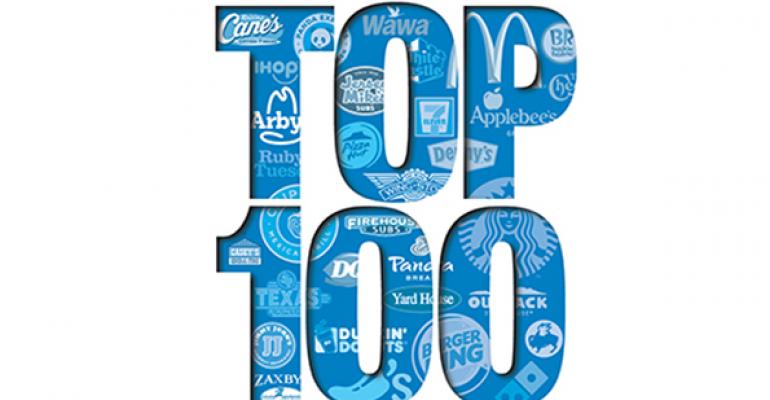A year ago when we last spoke about the Top 100 largest restaurant chains, I highlighted a clear fault line developing between brands with sheer size and scope and those with specialized, modern and craveable concepts. I wasn’t wrong. The cracks only continue to widen.
The NRN Top 100 tracks and analyzes the largest restaurant chains based on U.S. systemwide foodservice sales. With 21 metrics for each brand — three years of data covering sales, unit counts, estimated sales per unit, market share, and more, the information not only paints a picture of the domestic restaurant industry landscape as it stands today, but also offers a predictive look toward tomorrow.
In the 2015 report we continue to see traditional and sometimes dated brands lose market share while fresher concepts gain ground — think Chipotle Mexican Grill, Jersey Mike’s Subs, Yard House, Raising Cane’s Chicken Fingers and Wingstop.
We see brands that have worked hard to reinvent and retain relevance leapfrog challenged concepts. Starbucks Coffee overtook Subway as the nation’s second-largest restaurant brand, and Chick-fil-A continued its surge, with total sales that overtook Pizza Hut after surpassing KFC only two year earlier.
Don’t get me wrong; when it comes to dollars collected we’re still looking at McDonald’s ($35 billion) and Subway ($12 billion), which along with Starbucks ($13 billion) are the only double-digit, billion-dollar brands. And they will be tough to catch, as the next tier of chains clock in at $8 billion and below.
But does size matter much anymore? An engaged customer and strong unit economics drive restaurant success, and those metrics can be much easier to attain within a smaller, focused system. That mentality — thinking smaller to get bigger — is prevalent across all businesses today, and we see it with both newer, fast-growing restaurant brands and older, larger chains that have turned inward to force a turnaround.
The Top 100 report is the only industry census that tracks, analyzes and predicts this level of change, brand by brand, segment by segment, and dollar by dollar. While it will take time to move the landscape of $232.2 billion in sales, you can already feel the shifts, the rumblings. Hold on tight.
Sarah E. Lockyer, Editor-in-Chief
E-mail: [email protected]
Twitter: @slockyerNRN





